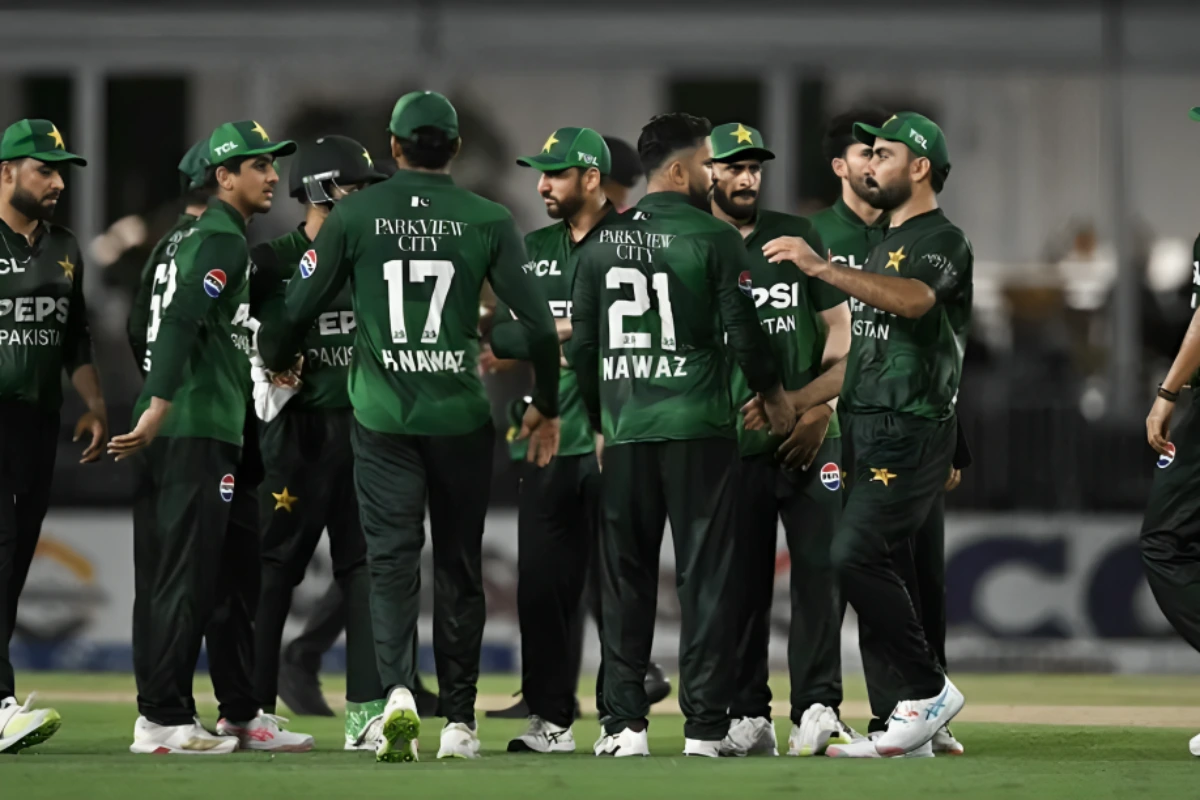Introduction
Cricket boards worldwide use central contracts to provide stability to their players, and the Pakistan Cricket Board (PCB) is no different. These contracts ensure that players remain financially secure while representing the national team. The 2025–26 season, however, is set to bring one of the most significant shifts Pakistan cricket has seen in years.
Why Central Contracts Matter in Cricket 🏅
Think of central contracts as a professional cricketer’s backbone. They guarantee monthly salaries, match fees, and performance bonuses. Without them, players would rely heavily on match-to-match earnings, which can create instability. For Pakistan, where cricket is a national obsession, ensuring that players are well-compensated means ensuring consistent performances on the field.

Historical Overview of PCB’s Central Contracts ⏳
The PCB has been awarding central contracts since the early 2000s. Over the years, the board has experimented with categories, pay scales, and bonuses. However, criticism often arose about favoritism, lack of transparency, and inadequate rewards compared to other boards. The upcoming revamp aims to fix these long-standing issues.
The 2025–26 Revamp Announcement 📢
The announcement came at a time when Pakistan cricket is at a crossroads. With the T20 World Cup 2024 completed and the Champions Trophy 2025 on the horizon, PCB wants to ensure its best players are motivated and financially secure. The chairman highlighted that this revamp isn’t just about money—it’s about aligning with modern cricket’s demands.
What Prompted the Changes 🔄
Several factors pushed PCB to act:
- Rising competition from global franchise leagues.
- Player dissatisfaction with previous structures.
- Comparisons with India, England, and Australia.
- The need to retain top talent ahead of ICC tournaments.
PCB’s Vision for Pakistani Cricket 🌟
The PCB envisions a contract system that:
- Rewards merit and performance.
- Prioritizes Test cricket while not ignoring T20 specialists.
- Offers equal growth opportunities for both men and women.
Structure of the New Central Contracts 🏆
The 2025–26 contracts will have three main tiers:
Elite Category 👑
Reserved for top performers and consistent match winners. Expect around 10–12 players here, including the captain and senior stars.
Mid-Level Category ⚡
This will cover reliable performers who may not always grab headlines but play vital roles.
Emerging Category 🌱
Youngsters and newly inducted players will find a place here. This category permits them to expand while guaranteeing financial stability.
Duration and Renewal Process 🔄
Contracts will now run for 12 months with performance reviews every quarter. This gives PCB flexibility to reward form and discipline while penalizing underperformance.
Financial Overhaul 💰
The financial aspect is one of the most significant shifts. PCB plans a 25–30% hike in base salaries. Match fees will also be aligned closer to international standards.
Test Match Compensation 🏏
Players will now receive premium fees for tests, signaling PCB’s commitment to preserving the format.
ODI Match Compensation 🎽
ODI fees will remain lucrative but balanced with Test cricket.
T20I Match Compensation 🔥
Since T20 leagues pay players handsomely, PCB aims to make international T20Is financially appealing too.
Performance-Based Incentives 🎖️
Century bonuses, five-wicket haul bonuses, and ICC ranking-based rewards are being introduced.
Special Focus Areas 🎯
- Emphasis on Test Cricket: PCB wants to ensure players don’t abandon the longest format.
- Growth of T20 Specialists: Recognizing cricket’s evolving landscape, specialists will still earn fairly.
- Women’s Cricket: A historic step as women cricketers will see improved contracts, closer to parity with men.
Player Development Programs 📈
Beyond money, PCB is investing in its players’ growth.
Fitness and Training Standards 🏋️
Strict fitness benchmarks will determine eligibility for contracts.
Mental Health and Counseling Support 🧠
With growing pressure, PCB plans counseling and mental health programs.
Skill Enhancement Camps 🎯
Players will improve with regular batting, bowling, and fielding camps.
PCB’s Strategic Goals 🎯
The revamp ties into broader goals:
- Building a strong bench strength.
- Retaining top players despite franchise pull.
- Preparing a world-beating squad for the 2027 World Cup.
Reactions from Players and Experts 🗣️
Early whispers suggest positivity.
- Senior Players: Welcome the pay hike but demand transparency.
- Youngsters: Excited about clearer growth pathways.
- Experts: Praise PCB for finally catching up with modern cricket standards.
Comparison with Other Boards 🌍
- BCCI (India): Offers the most lucrative contracts; PCB is closing the gap.
- ECB (England): Known for structured test focus; PCB is adopting similar elements.
- Australia: Their balance of central contracts and league freedom is a model PCB studies closely.
Challenges and Criticism ⚠️
Despite optimism, challenges remain:
- Balancing domestic and international schedules.
- Ensuring financial sustainability.
- Managing conflicts between PCB and league commitments.
Long-Term Impact of the Revamp 🔮
If executed well, this revamp could:
- Elevate Pakistan cricket to new heights.
- Motivate players to give their all in national colors.
- Strengthen global respect for PCB as a progressive board.
Conclusion ✅
The PCB’s overhaul of core contracts for 2025–2026 is a statement rather than merely a wage increase. A statement that Pakistan is serious about retaining talent, valuing its players, and preparing for the future. If handled right, this could mark a turning point in Pakistan’s cricketing journey.
FAQs ❓
Q1. What are PCB central contracts?
They are official agreements between the Pakistan Cricket Board and players, ensuring salaries, match fees, and benefits.
Q2. How often does PCB revise contracts?
Traditionally, once a year, but reviews may happen mid-cycle based on performance.
Q3. Will women cricketers benefit from the new contracts?
Yes! PCB has promised better pay and benefits for women, marking a historic step.
Q4. How does PCB’s system compare with India’s BCCI?
BCCI pays more, but PCB is narrowing the gap with this revamp.
Q5. What does this mean for Pakistan’s 2027 World Cup preparation?
A more motivated, financially secure squad better prepared for global events.
